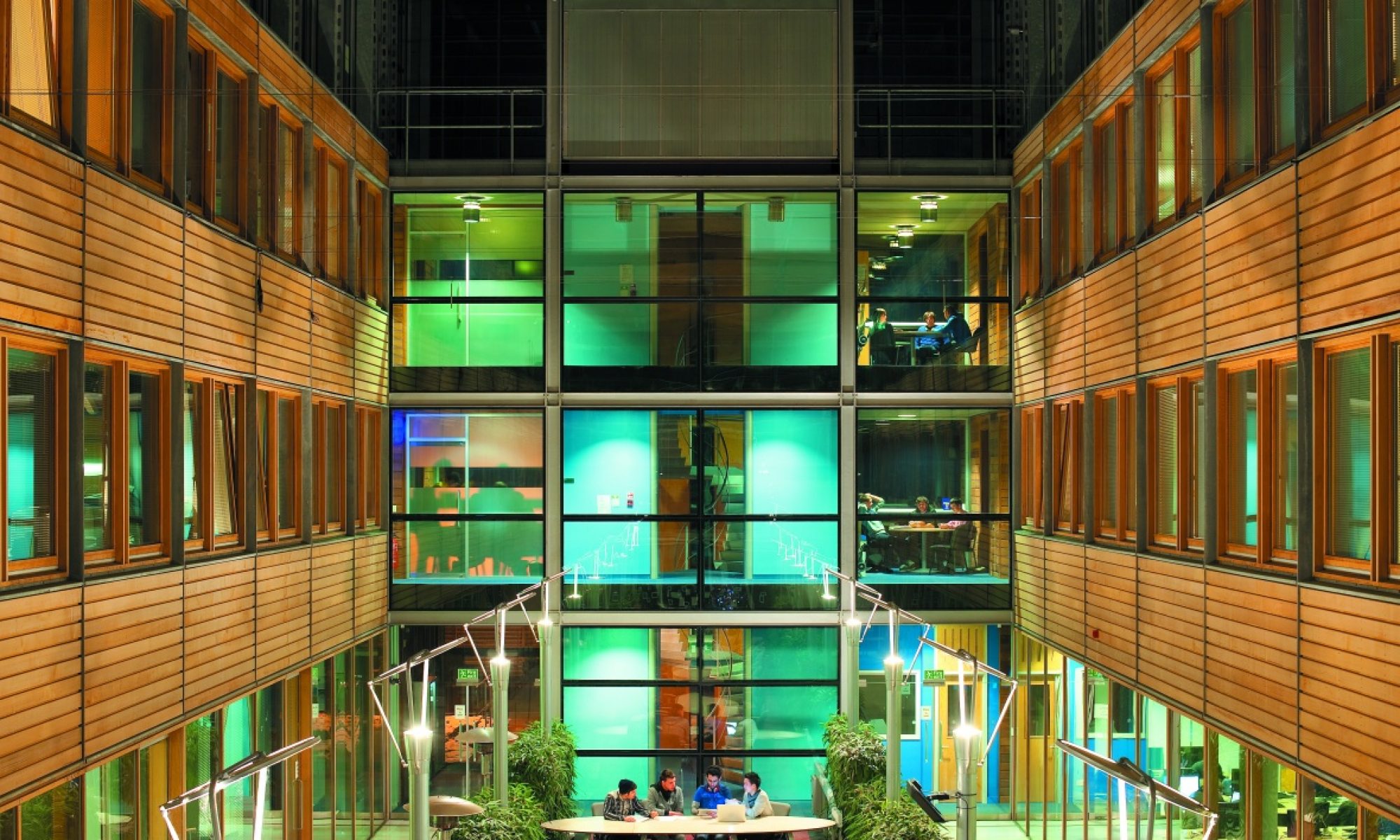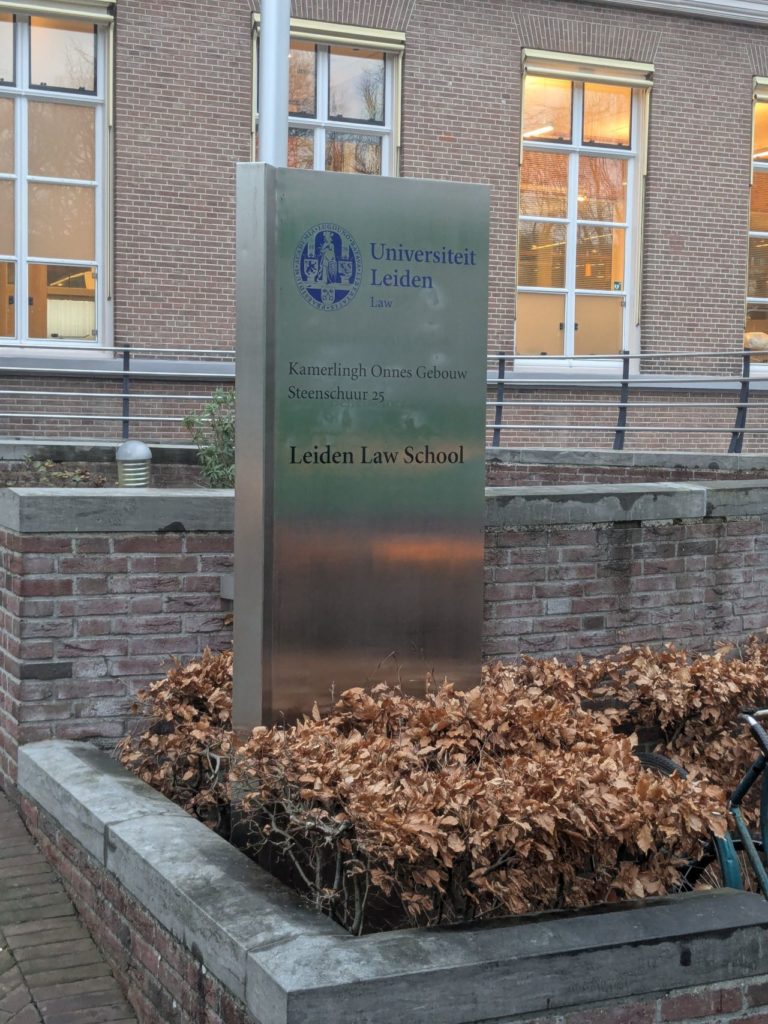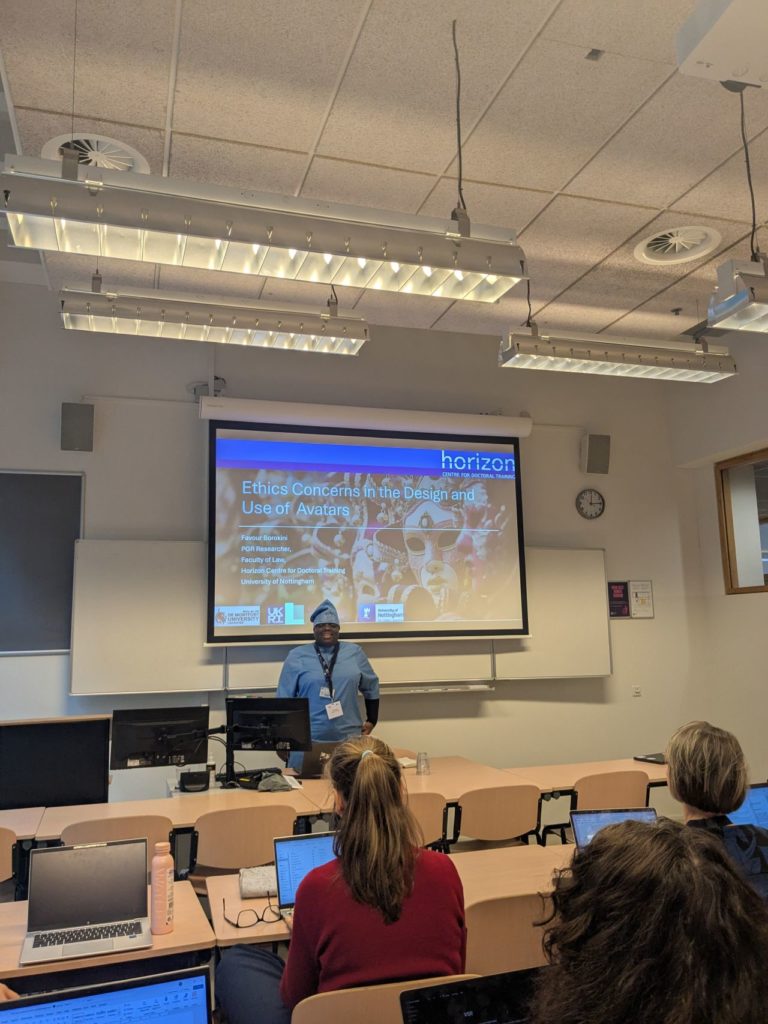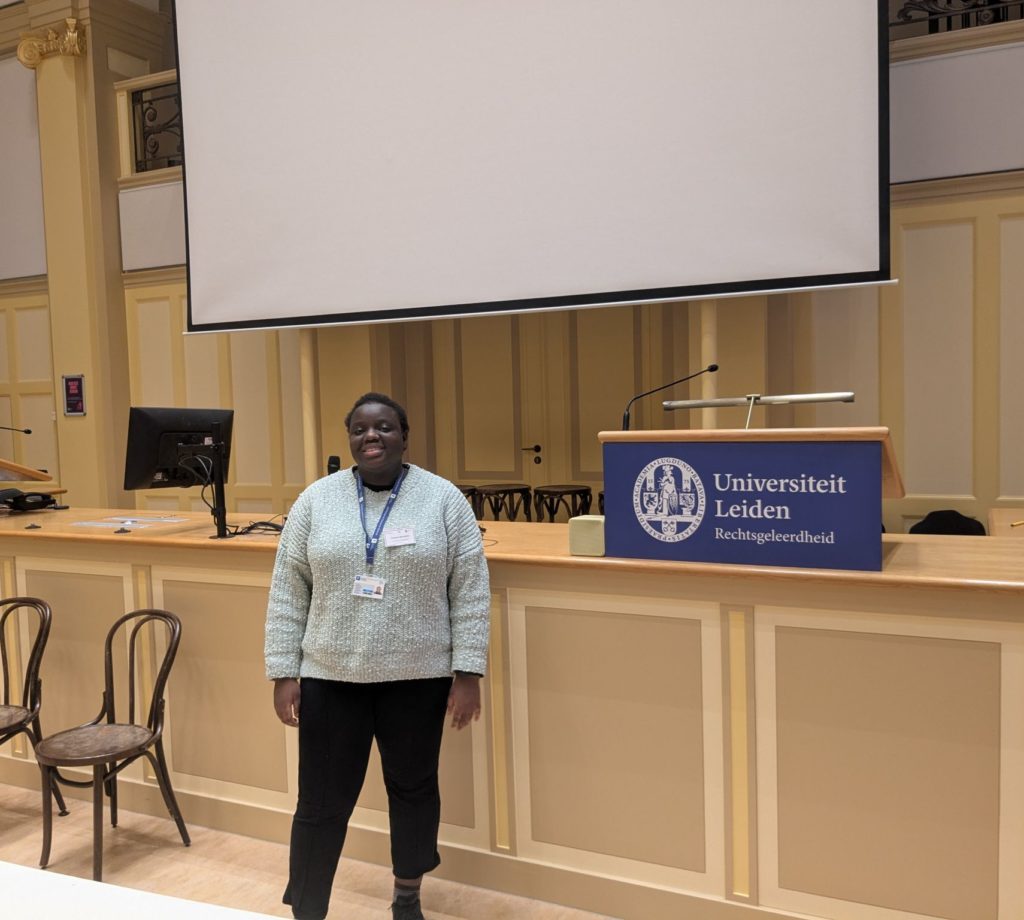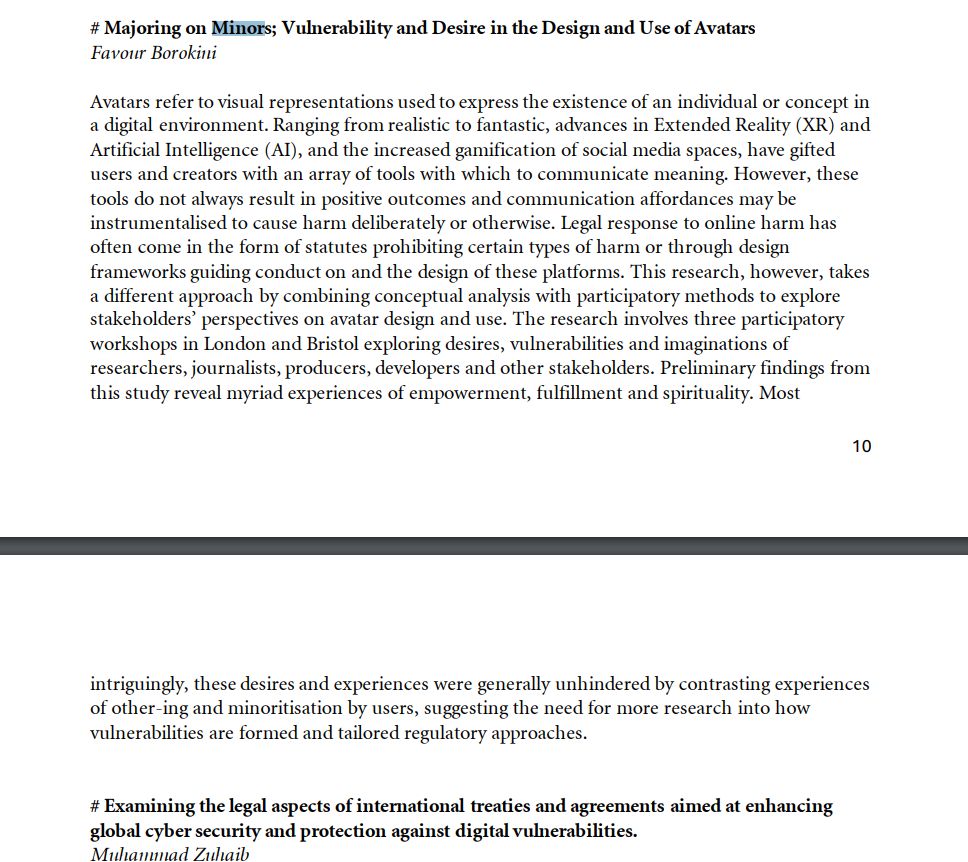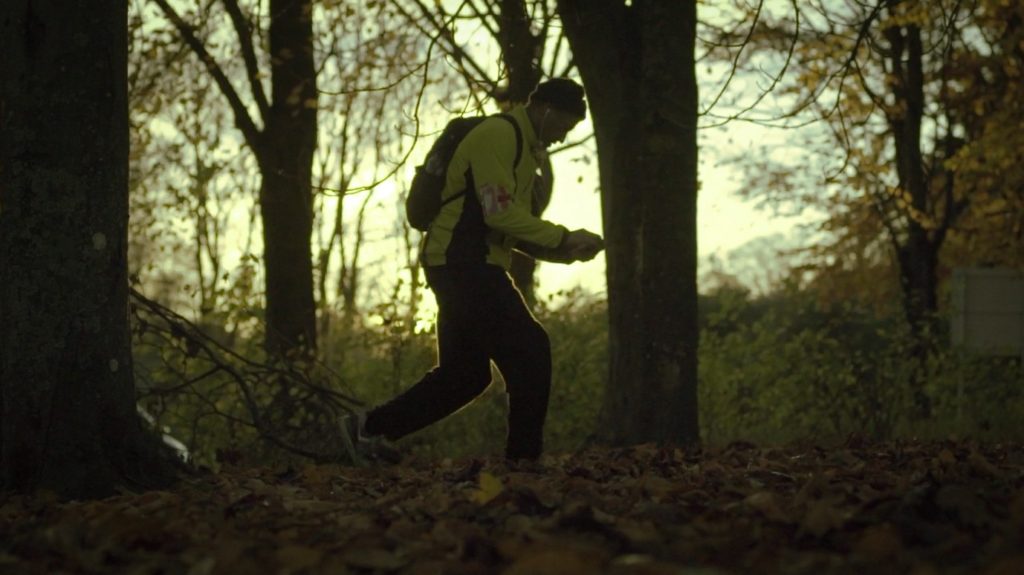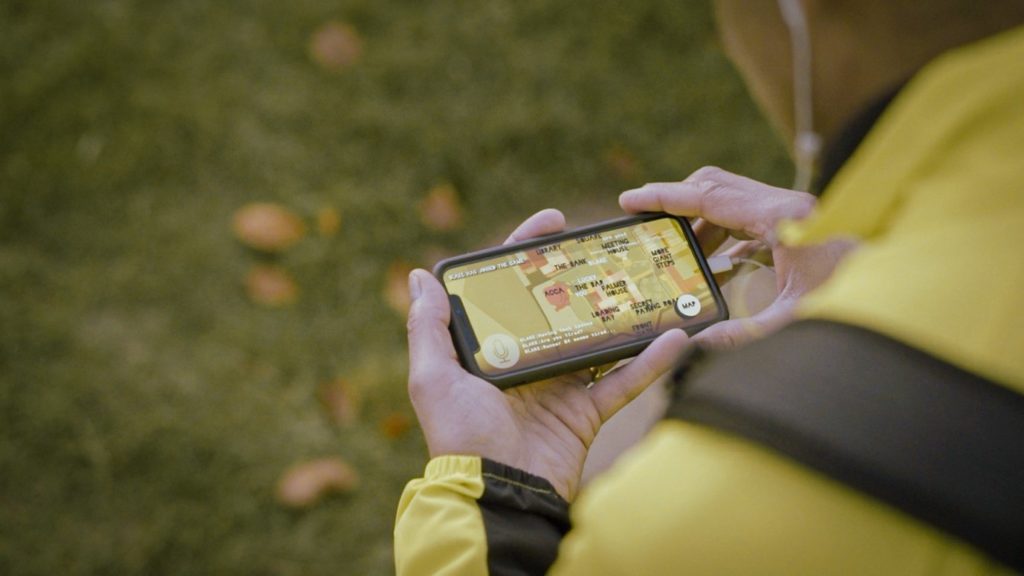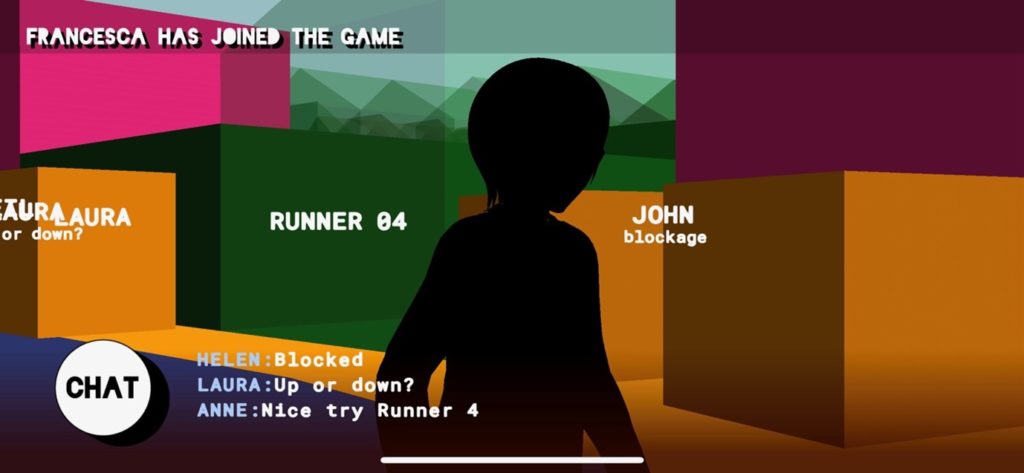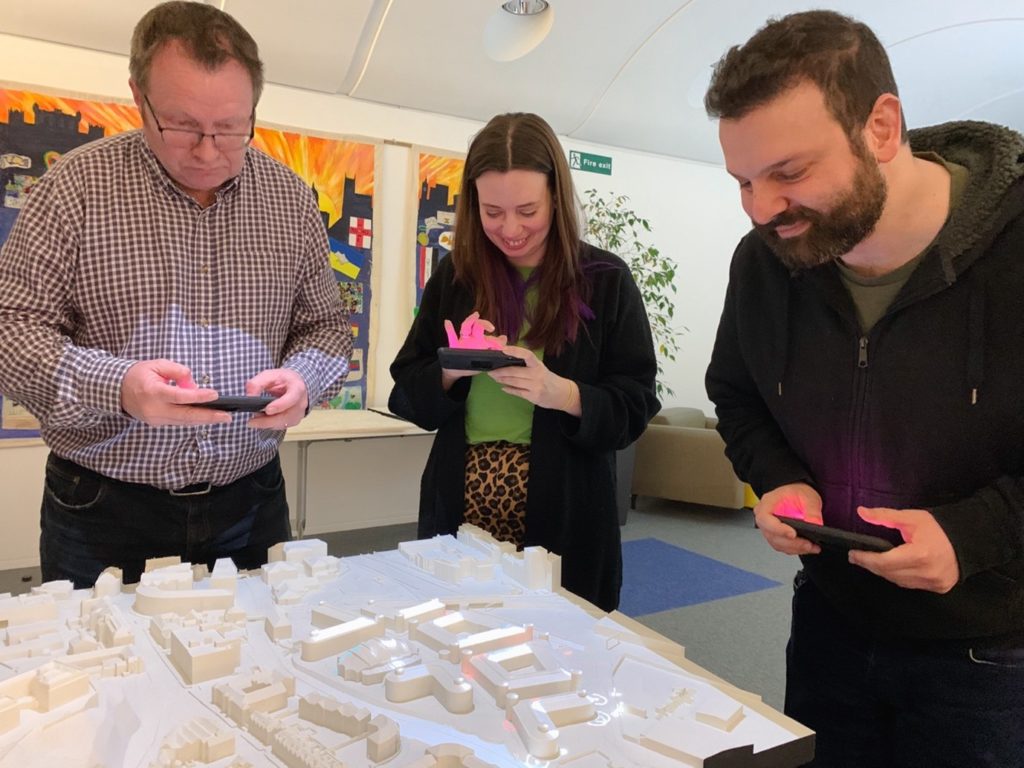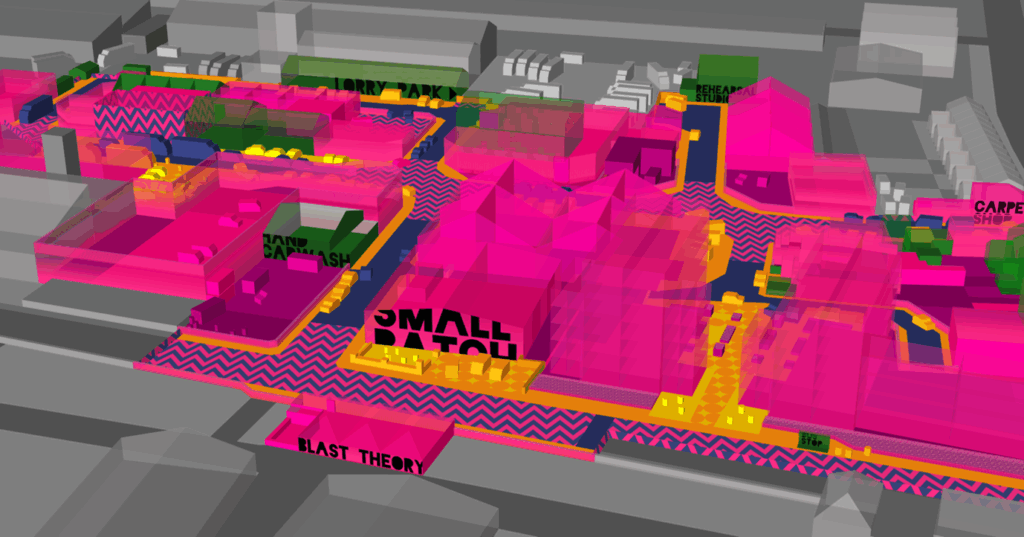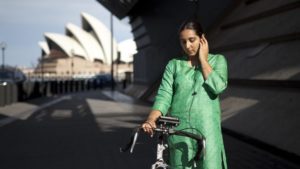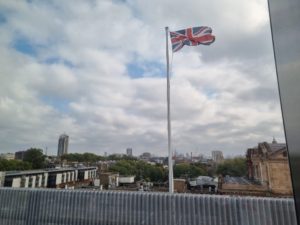post by Jenn Layton Annable (2021 cohort)
The National Development Team for Inclusion (or NDTi for short) is a UK-based not-for-profit organisation, whose work includes research and evaluation within government and the public sector. At its heart is a human-rights-based approach and universal commitment to centring the voices of those with lived experience in their activities.
I have known the programme leads, Kate Linsky and Anna Marriott, for about seven years, since we were involved together in a project at the NHS England Personalisation Directorate. They are both fabulous human beings, which, in combination with the ethos and values of NDTi, was the makings of a brilliant placement for my optional module. I am thrilled to be able to share this with you here.
Kate, who leads mental health work, Anna, whose remit is research and evaluation (R&E), and I began scoping my role based on the time available and the personal resources I could bring to Anna’s team. Research and evaluation within NDTi scaffolds and underpins all of the varied programmes undertaken within its scope. Anna’s team supports their clients and internal teams to understand and reveal the effectiveness of how the work they do allows people to live the lives they choose for themselves. This diversity made the internship particularly exciting, given that I would be in contact with many different types of projects across its timeline.
Our earlier experience made this process easier because there was no ‘getting to know you’ process required, so starting was much easier. We quickly identified that exploring organisational impact recording and measurement within R&E would be the most valuable use of the skills that I brought from my PhD research and professional experience in marketing communications. This central pivot tied together these different strands of opportunity and offered an initial project brief for me to review how, when and where the R&E team were currently organising and thinking about their impact. We planned for an eventual output of recommendations about how these processes might be streamlined and optimised.
Given that my research is participatory and NDTi’s concurrent commitment to those with lived experience, my priority was ensuring that the R&E team’s perspective was primary in the work’s scope. There would be no point in producing something for their consideration which was impractical or undesirable. My professional experience working in a similar client-led environment to that of NDTi meant I had first-hand knowledge of the pressures of working in a small team and wearing ‘many hats’ across a professional role. The initial idea of using an orthodox academic approach (literature review, team interviews with data analysis and a write-up) was rejected because of time constraints and the amount of work the R&E team had already undertaken to identify the strengths and challenges of their current practice in impact demonstration. The feedback I received was overwhelmingly to focus on practical solutions that could be adopted with ease. This divergence shifted my thinking towards past experience as a professional consultant advising companies on their digital marketing outputs and the backend processes that supported these.
My starting point was understanding as much as I could about how the R&E team were currently recording, measuring and demonstrating impact. I completed a comprehensive read-through of all the background material that Kate and Anna were able to share, together with an audit of how and where R&E impact was found to external audiences. Time was spent reviewing NDTi’s website, email marketing and social media content and strategy alongside NDTi’s marcomms lead. This offered a broader understanding of how impact filtered through the organisation from a specific team like R&E. Developing such familiarity with an organisation’s structure and ways of working is particularly important. NDTi is a remote operation, working across the UK, in a diverse range of fields and specialities. It was essential that any recommendations accounted for the unique context of NDTi’s structure and routines. To complement this, I reviewed how impact might be recorded and stored effortlessly for the team in their daily work, with a focus on ease-of-access and minimising administration. The training I was undertaking for the storage and organisation of my research data using Microsoft SharePoint dovetailed impeccably with this. The review of the R&E team’s current ways of thinking about improvement revealed a number of parallels between managing, organising and utilising participant data with equivalents in impact data. They are, after all, simply different steps in the overall process of conducting and disseminating research and its findings.
Our working relationship was flexible and adaptive as we progressed. Some initial contact time was organised with the R&E team to meet them and make mutual introductions. As time went on, I increasingly liaised with Anna and Kate alone, who then reflected upon my suggestions and ideas together, involving and incorporating others in the R&E team as needed. This built upon our established relationships and made use of the deep knowledge that Anna and Kate have of one another’s programmes and NDTi as an organisation. It allowed me to build upon the professional experience I have gained through my previous careers in digital marketing and health, locating the placement’s work at a level commensurate with this prior experience. This was a deliberate adaptation to ensure that the spirit of the placement, to develop my professional skills and knowledge in relation to my PhD research, was honoured, in the context of my previous working life.
The final stage of the placement evolved into a space where Anna and Kate adopted, pragmatically, the recommendations I had made in the context of what was realistic within the current pressures faced by NDTi. Some things were recognised as desirable, but were unfortunately not possible at this time. Despite this, throughout our conversations, I challenged Kate and Anna to think differently and perhaps beyond the scope of how they were used to working. I know this is a valuable dynamic to scaffold developmental thinking; however, not everyone is open to having a ‘critical friend’ making suggestions. I would thank Anna and Kate for their openness and willingness to work in this way. I gained so much more than I would have if ideas had been closed down as ‘not possible’ when they were first presented to them.
Kate and Anna’s reflections
Jenn’s placement at NDTi has been a great experience for us. As far as we are concerned, they more than met their placement learning outcomes.
We have reflected upon the factors that we think made this placement such a success and believe the following were critical elements.
Honesty and good, clear communication were fundamental. This may have been easier due to our prior working relationship, but it was certainly a very positive aspect of our work together. So too Jenn’s understanding and patience at the need to pause the work due to organisational demands and shifting priorities. Between us, our mutual recognition and respect for the other demands within our working and personal lives were invaluable. Often, this important dynamic is forgotten.
We valued Jenn’s judgement and were open to ideas about how our work could be improved. They were an excellent critical friend, and we appreciated the external challenge. All suggestions were made in a thoughtful and diplomatic way, especially when exploring the previous related work done within NDTi.
Flexibility was crucial, and Jenn epitomised this throughout their time with us. We work in a fast-paced environment, and Jenn’s placement coincided with priorities and capacity shifting more quickly than usual. They fully understood this operational context and repeatedly adapted the approach to fit what we needed. This led to practical and straightforward recommendations that were based on existing research but built on to fit our needs and circumstances.
Jenn creatively draws upon their academic, business and experience of life. It is this combination that contributes to their ability to simplify research-based approaches and make them relevant to those not used to working in an academic environment. They make excellent use of analogies and storytelling that people can understand and remember. They likened the NDTi’s need for impact to support organisational health to teeth cleaning. Where everyone should do a little a day rather than scrub away for 4 hours once a month. The energy and enthusiasm Jenn has brought to the topic has made impact work sound fun, and their pragmatic approach has also made it sound possible.
They have made strategic recommendations about how to gather data efficiently whilst being mindful of competing pressures for NDTi staff. They have recognised the importance of including the voices of people alongside the data and website analytics.
We value the contribution Jenn has made to our organisation and feel very lucky that they chose to spend their placement with us.
